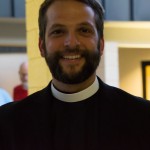Sunday, Nov. 11, 2018
Twenty-Fifth Sunday after Pentecost (Proper 27)
1 Kings 17:8-16; Psalm 146; Hebrews 9:24-28; Mark 12:38-44
 I’ve put together my fair share of IKEA furniture: I study the pictorial manual, lay out all the parts, get a cup of coffee, put on the soundtrack from Interstellar, and then get to work. It’s actually fun for me. But it ceases to be fun when at the end I find that I’m missing parts, or worse – that I have extra parts. Oftentimes, the parts look important – an extra metal rod or cushion – but I’m not sure how they fit into the whole. I mean, the couch looks done to me.
I’ve put together my fair share of IKEA furniture: I study the pictorial manual, lay out all the parts, get a cup of coffee, put on the soundtrack from Interstellar, and then get to work. It’s actually fun for me. But it ceases to be fun when at the end I find that I’m missing parts, or worse – that I have extra parts. Oftentimes, the parts look important – an extra metal rod or cushion – but I’m not sure how they fit into the whole. I mean, the couch looks done to me.
I suspect this is not altogether different than putting together a lectionary. When you get to the end of the liturgical year, you have these pieces left over but you don’t quite know what to do with them, or how they fit together, or how they buttress the great story of the Christian Year. During seasons like Advent, the theme of the lessons (along with the Collect) is obvious. Towards the end of Ordinary Time, the lections can seem disparate and unrelated. You may have to sit and stare at the pieces for a while.
Take this week (Proper 27, Track 2), for example. We come upon a poor and righteous widow in the Old Testament, the Gospel, and the psalm. We have a theme, yes. But how does that theme relate to Hebrews 9, which focuses on the once-for-all sacrifice of Christ? Or to the Collect? Or to our place in the Christian Year? Perhaps the Collect can be our Allen wrench:
O God, whose blessed Son came into the world that he might destroy the works of the devil and make us children of God and heirs of eternal life: Grant that, having this hope, we may purify ourselves as he is pure; that, when he comes again with power and great glory, we may be made like him in his eternal and glorious kingdom; where he lives and reigns with you and the Holy Spirit, one God, for ever and ever. Amen.
There is in the Collect, and throughout the lections, reference to both the present and future kingship of Jesus; to the ending of one liturgical year and the beginning of another. The final Sunday of the liturgical year is the Solemnity of Christ the King, and the new year begins with Advent. Thus, we see in our present readings that Christ is the king who is with us, and the king we are waiting for.
We hope for that day “when he comes again with power and great glory,” when he comes “to save those who are eagerly waiting for him” (Hebrews 9). But – thanks be to God – in the Church and by the Spirit, the ‘not yet’ breaks into the present; the kingdom of God comes on earth as in heaven. And it is that breaking in of the reign of Jesus that we see in the miraculous provision to Elijah and the widow; it is the values and virtue of the age to come that we see in the sacrificial gift of the widow who is destitute according to this world but exceedingly rich in the world without end; And it is upon that sacred piece of furniture, the altar, that the Marriage Supper of the Lamb, which is yet to come, is experienced in the here and now.
– Father Matthew Ainsley is assistant to the rector at Church of the Ascension in Orlando.
